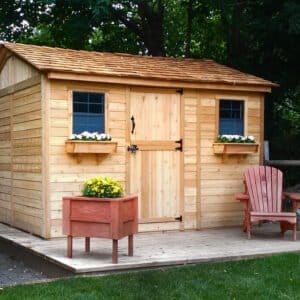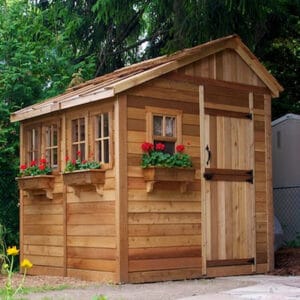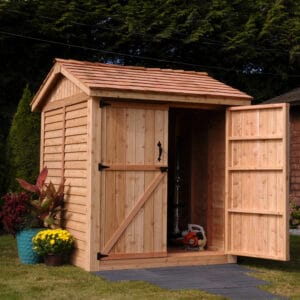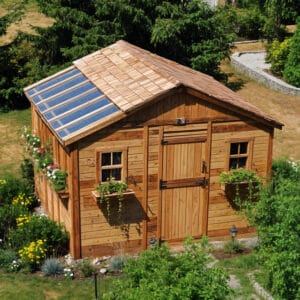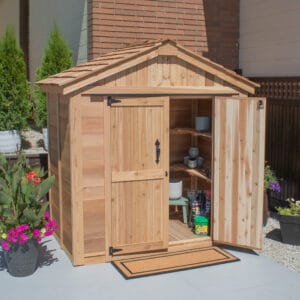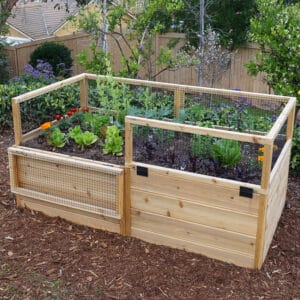No products in the cart.
March 7, 2018
Introducing Gardening to your Children
If you are an avid gardener, you probably would like to introduce your children to the joys of gardening. Gardening can teach your children many valuable skills such as patience, discipline, persistence, and a love for nature. Children will also be able to learn basic skills and the joys of manual labor when they help in the garden even as they enjoy seeing seeds sprout and buds flower. Another advantage of involving children in the garden is that even picky eaters are likely to eat cherry tomatoes and kale that they have helped to grow.
Keep the Age of the Child in Mind
When introducing children to gardening, keep the age of the child in mind. Children are impatient and expect quick results, so get them to plant quick-growing plants such as sunflowers and tomatoes. Similarly, sunflowers have large seeds that are easier for very young children to handle.
Hand over ownership
One of the best ways to encourage your children to take an interest in gardening is to give them individual plots. The ownership of the plot will inculcate a better sense of responsibility and ensure that they remember to water their garden and weed it. The size of the plot should depend on the age of the child. You could start off very young children with a container garden that they can easily water.
Locate the child’s plot in a sunny spot that has easy access to a water source. Depending on the age of the child, you can help by weeding, removing bugs, or watering.
Gradually Involve them in All Gardening Activities
While very young children are likely to only be interested in some aspects of gardening such as planting the seeds or watering, you can gradually involve the child in all gardening activities. Teach your child how to compost organic material, weed, remove pests, and harvest. As the child grows older, you can ask them to take part in mulching and fertilizing, pruning, and harvesting. You can also increase the area of the garden your child manages and let them choose which plants to plant each year.
Safety Measures
When introducing gardening to your children, you need to ensure that adequate steps are in place to ensure their safety. First, you need to make sure that the plot allotted to your child is close to the house and visible from the home for better monitoring. While even very young children should be given proper gardening tools, these should be the right size for them to use safely. Some garden tools and implements should only be used by children under supervision.
Apart from this, you also need to make sure that your children are not exposed to chemical fertilizers and pesticides. This is best achieved by keeping your entire garden organic. If that is not possible, keep pesticides out of the reach of children and explain that certain products are not to be used by them.
Planning Garden Beds
When planning garden beds for children, make sure that they are not very wide so that children can reach the center of the beds with ease. This means that the garden beds should not be more than four feet in width. Additionally, you need to leave adequate space between the beds for children to move around with ease. With very small children who may not be the most coordinated or have the attention to detail that adults have, you need to leave around two feet between the beds to ensure that they do not trample on the plants.
Using the Garden as a Teaching Tool
To be most effective, the garden should be used as a fun teaching tool. This can be done by letting children get muddy and dirty as they explore all aspects of the garden. Introduce your children not only to the plants in the garden, but the insects, small animals, and birds that are part of it. Installing a bird feeder and bird bath can help add color and interest to the garden. Help your children identify the birds and insects in your garden even as you teach them the names of the various plants.
Be Flexible
In order to ensure that your children enjoy gardening and spending time outdoors, you need to be flexible. Let the children choose what they want to plant and allow them to make a few mistakes. This is how children learn – they learn from their mistakes. No different than adults really though.
Very young children are likely to pull up plants along with the weeds, trample on seedlings, overwater the plant beds, and so on. While this can result in a less-than-perfect garden, your children are likely to find the process enjoyable and take pride in productive work. While children need to be supervised to ensure that they do not injure themselves when using garden implements, they should be allowed to experiment and make mistakes so that they learn to appreciate the joys of gardening as well as other life lessons.
And certainly, they can enjoy some of the fruits of their labor as well.
Introducing Gardening to Your Children
March 7, 2018
-
 On SaleSale!%Off7Save $430430$7%430$On SaleSale!%Off10Save $643643$10%643$On SaleSale!%Off2Save $155155$2%155$On SaleSale!%Off6Save $414414$6%414$On SaleSale!%Off7Save $426426$7%426$On SaleSale!%Off2Save $132132$2%132$On SaleSale!%Off10Save $643643$10%643$
On SaleSale!%Off7Save $430430$7%430$On SaleSale!%Off10Save $643643$10%643$On SaleSale!%Off2Save $155155$2%155$On SaleSale!%Off6Save $414414$6%414$On SaleSale!%Off7Save $426426$7%426$On SaleSale!%Off2Save $132132$2%132$On SaleSale!%Off10Save $643643$10%643$ -

-
 On SaleSale!%Off13Save $540540$13%540$On SaleSale!%Off13Save $550550$13%550$On SaleSale!%Off12Save $445445$12%445$On SaleSale!%Off13Save $550550$13%550$
On SaleSale!%Off13Save $540540$13%540$On SaleSale!%Off13Save $550550$13%550$On SaleSale!%Off12Save $445445$12%445$On SaleSale!%Off13Save $550550$13%550$ -

-
 On SaleSale!%Off13Save $305305$13%305$On SaleSale!%Off11Save $262262$11%262$On SaleSale!%Off13Save $305305$13%305$
On SaleSale!%Off13Save $305305$13%305$On SaleSale!%Off11Save $262262$11%262$On SaleSale!%Off13Save $305305$13%305$ -
 On SaleSale!%Off25Save $160160$25%160$On SaleSale!%Off14Save $130130$14%130$On SaleSale!%Off11Save $125125$11%125$On SaleSale!%Off25Save $160160$25%160$
On SaleSale!%Off25Save $160160$25%160$On SaleSale!%Off14Save $130130$14%130$On SaleSale!%Off11Save $125125$11%125$On SaleSale!%Off25Save $160160$25%160$

